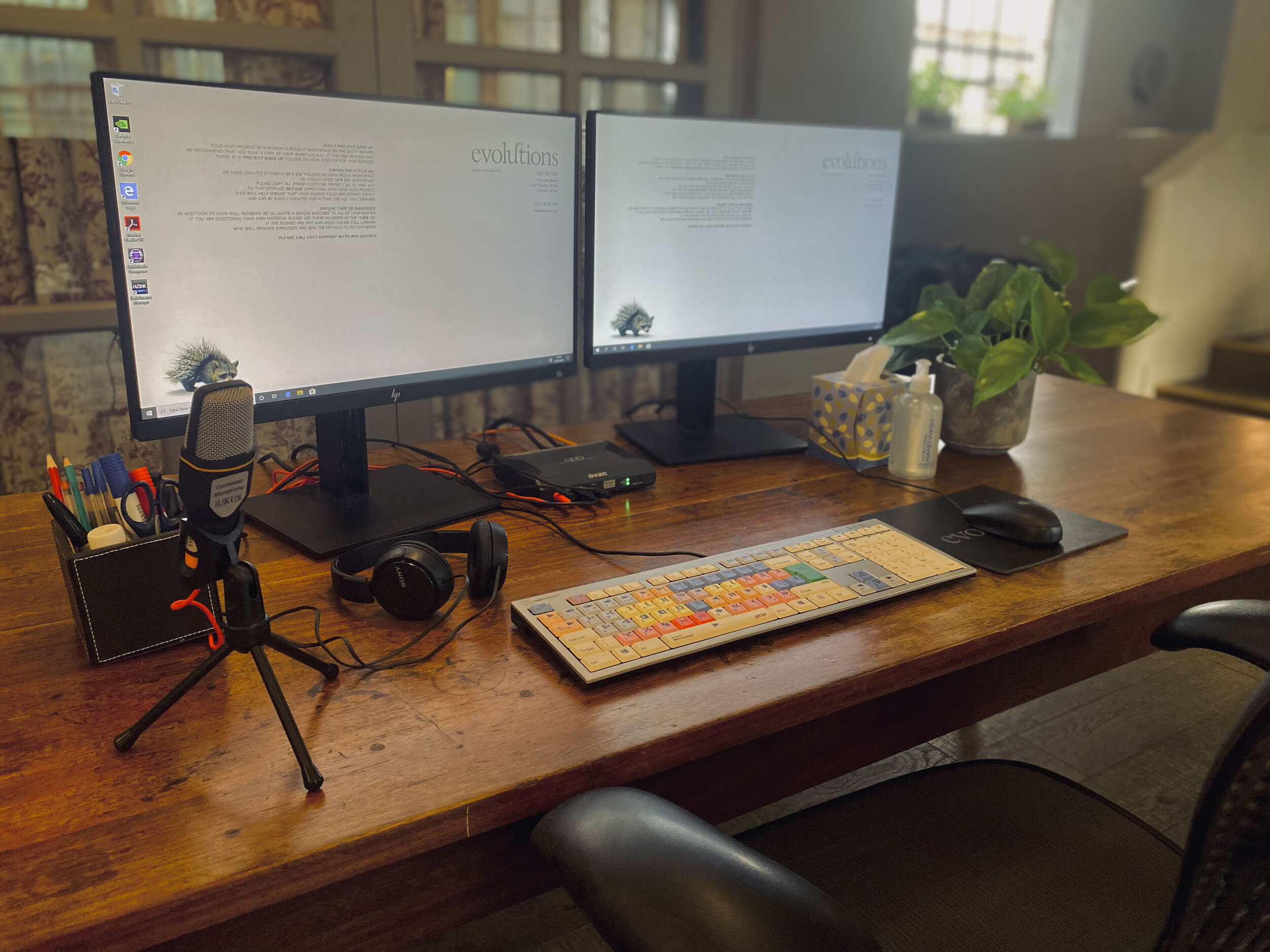Remote Editing and the Future of Post Workflows
By Darren Musgrove
The challenges of the past year have undeniably accelerated the changing landscape we were already starting to see take shape in the post world. Remote editing and post workflows, in particular, required immediate adjustments for post facilities like ours when the lockdowns hit. As we move forward into more positive times (fingers crossed), it’s first and foremost going to be important that we find solutions that allow the post industry to operate well for both the editor and the production — while also being cost-effective, of course.
Positives
Let’s start with the positives. With the rapid shift toward remote working that has come about because of the pandemic, the recent impressive developments in software, storage and connectivity are now making things possible that we couldn’t have delivered five years ago. Given the significant costs of rent and business rates in a creative hub like London’s Soho, there are clear benefits to moving the cheaper “offline” part of the editorial process out of our buildings. Doing so gives our editors and EPs the lifestyle benefit of being geographically flexible while saving money in their productions. Therefore, our goal is to deliver a remote solution that replicates as closely as possible the collaborative Soho edit experience on multi-suite productions.
Another great upside to remote working setup, other than the perk of a two-minute commute, is that it has opened us up to international markets and new opportunities. Working remotely, we’ve been able to act as a central hub by holding media and delivering edit capabilities for productions anywhere in the world. At the end stage, we can return to our facilities in London and Bristol to provide the high-end finish prior to delivery. Using this method during lockdown, we’ve delivered remote edits to Germany, Isle of Wight, USA and all over the UK — including to an editor’s canal boat!
Challenges
Now for the challenges … It hasn’t been completely smooth sailing when implementing new workflows, and we’ve had to overcome many challenges to create a viable remote solution for our large-scale multi-suite productions. When designing our Evolutions at Home system, which launched in March, one of the key elements we needed to test was the remote Avid Media Composers to make sure they were stable, with no performance issues. We also needed to make sure the kit was compact and easily constructed, as it was important to us that the team could achieve the perfect home setup without it taking up half their living space and hours of calls to IT.
It was also incredibly important that multiple suites could access the same media so they could share projects and communicate the same way they would in the facility. This would allow EPs to produce the edit alongside the editor using tools such as Avid, Blackbird, Frame.io or secure, live screen-sharing.
When creating a hybrid-model system, it was also crucial to our collaborative workflow that editors could flip the edit from home to a production office or the facility at any stage and in any combination, allowing complete flexibility for the team. By doing this, a production company can have a 20-suite Media Composer offline facility in their building one week and then go back to meeting rooms or production desks the next.
24 Hours in Police Custody
Real-World Examples
A great example of this was our work on recent projects such as Tipping Point, 24 Hours in Police Custody and First Dates, all of which thrived in these flexible conditions. For Tipping Point we were on location recording the media in studio in Bristol before ingesting the media into our central hub. As a regional production, Tipping Point has editors based in Bristol and London, so this was also a great way for the production to access experienced editing talent while still maintaining regional spend.
The result is the flexibility to edit in Bristol and London, with our talent finishing the show in either place without the need to copy or store media in multiple locations. This workflow invited greater collaboration and the advantage of lower rates along with lifestyle benefits and the availability of a high-end facility when required.
What’s Next
Looking to the future, we’re testing cloud-based services like auto-transcription. This would allow us to create useable transcripts for productions at the point of ingest rather than having to create and upload mass viewing copies to a transcription service — a process that is both costly and time-consuming.
Alongside this, we’re aiming to go remote with additional parts of the ingest process, setting up hubs with our major clients to allow them to upload rushes directly to our media hub, thereby streamlining the delivery process. We’ve already been trialing this process at shoot locations by setting up temporary hubs and using the internet to deliver footage directly to our hub.
We believe the future of how the industry operates lies in continuing the flexible way of working we’ve become so familiar with over the past year. That means striving for a “virtual facility” that delivers media management and technical infrastructure for productions anywhere in the world.
We will continue to offer a suite of remote services to facilitate and streamline the editorial process, in tandem with a high-end, in-house Soho experience with finishing talent in our luxury premises. We are excited to continue trialing, investing in and creating pioneering new systems to further enhance our range of services, strengthen our offering and drive end-to-end efficiency while maintaining high-quality output for our clients.
Taken from campaign article - https://postperspective.com/remote-editing-and-the-future-of-post-workflows/





